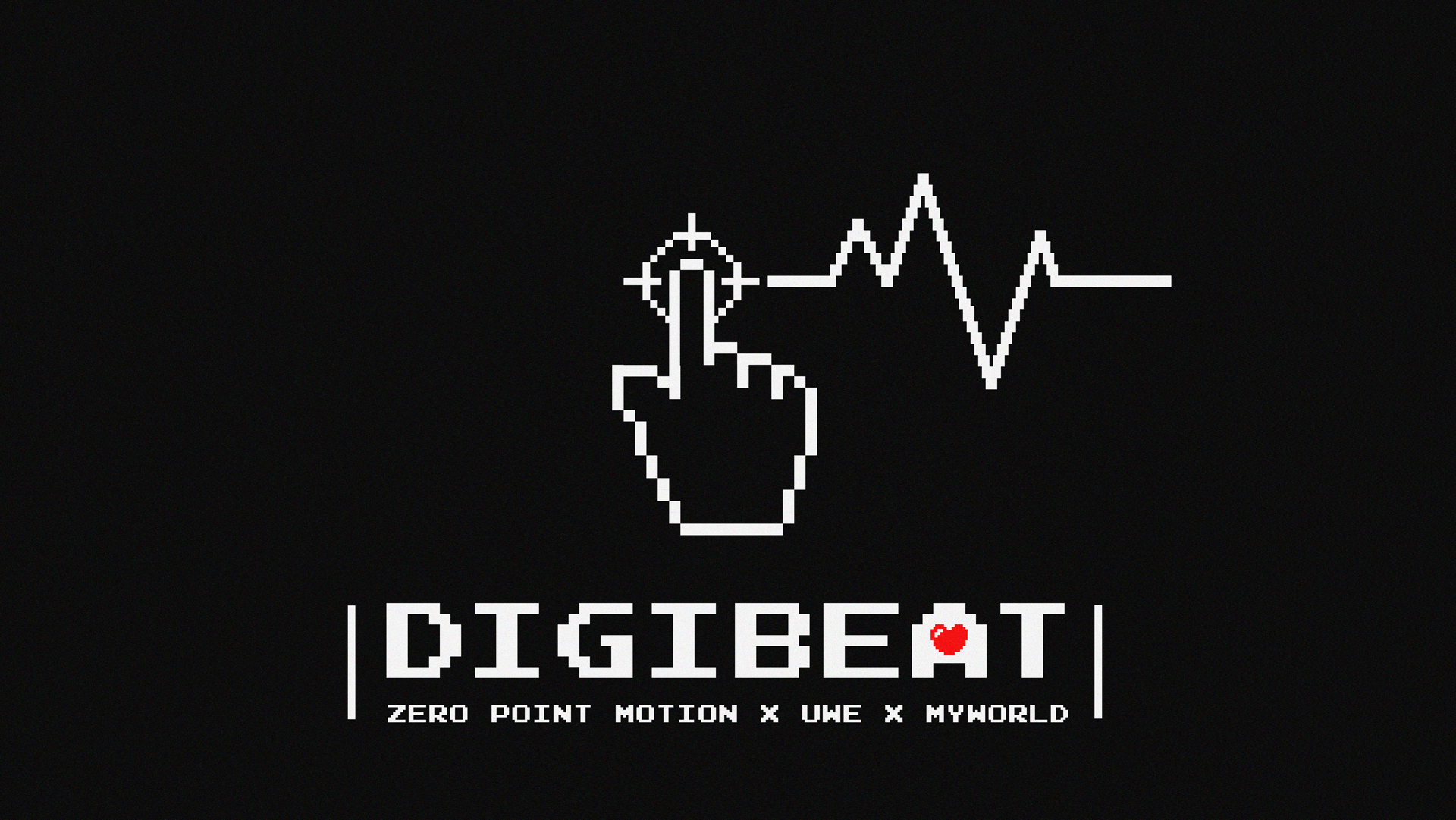Digibeat is a UK Research and Innovation Strength In Places Funded (SIPF) MyWorld project lead by Zero Point Motion collaborating with the University of the West of England. The project is an important proof of concept to demonstrate that a single inertial measurement unit (IMU) can simultaneously perform two functions: high-precision fingertip motion tracking and heart function measurement through ballistocardiography (BCG). This combination will be invaluable in Virtual Reality, where it can offer insights into how a participant is interacting with content, and their level of immersion.
BCG measures the ballistic forces generated as the heart beats. As the aorta expands and contracts the body oscillates in a repeating pattern. This is typically measured by using a ballistocardiographic scale which will measure a person’s heart rate and their mass. A BCG scale measures the recoil of the body which is stood on the scale. However, this requires the person to be static, a significant issue when measuring heart rate in a dynamic immersive environment!
In comparison to existing methods of cardiac monitoring, current approaches face significant challenges when it comes to capturing cardiac metrics while the user is in motion. This is particularly evident in methods such as electrocardiogram (ECG) and photoplethysmography (PPG). For instance, sport heart monitoring chest bands using ECG require users to wet the band or apply a conductive gel between the ECG sensor and their skin to enhance the electrical signal conduction between the user and the device. However, for individuals engaged in less physically intense immersive activities, this preparation requirement may be viewed as inconvenient. PPG sensors, typically used in smartwatches, rely on emitting LEDs to detect changes in blood flow. These are susceptible to variations in skin tones and skin thickness. Consequently, this technology continues to raise concerns regarding accessibility.
A key aspect of our development was to determine exactly where the sensors should be mounted. A number of locations were considered: head, foot, back and hand. There are benefits and drawbacks of each location. The head and foot are ideal locations for BCG sensing, but provide limited range of motion when interacting with a VR experience to be used as a controller. The lower back offers a distant location to avoid picking up seismocardiographic signals as noise (e.g. the local vibrations of the thorax wall due to heart beating), however as with the head and foot, the lower back typically has a limited range of motion when interacting with a VR experience. The lower back is also a challenging location to mount wearables which need to keep their original position due to pronounced body movements around that area; the stretching of skin and rotation of the torso is likely to shift any wearable device over time.
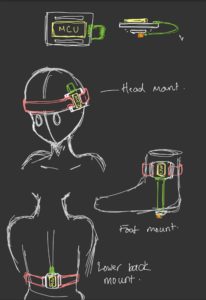
Therefore we ultimately decided on a finger/wrist mounted peripheral – the Digi-Gauntlet. The sensor mounted on the finger provides the motion data which has both the macro-movement of the finger and micro-movement due to BCG superimposed on to one another; whilst the data processing and communication is performed by a microcontroller board on the wrist.
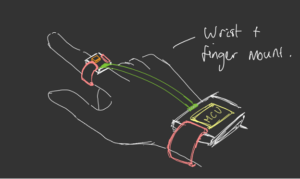 .
. 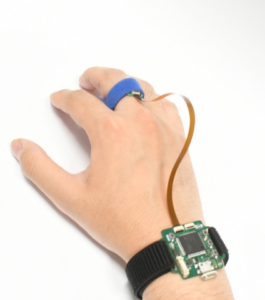
To capture the broadest range of applications we ensure the Digi-Gauntlet has an adaptable design for mounting to other body locations such as the head and foot as mentioned previously. Potentially being renamed to the (Digi-Headband or Digi-Anklet!) These secondary locations can be explored should we need to enhance the BCG signal, or explore a VR space where the head or feet are a key aspect of the immersive experience.
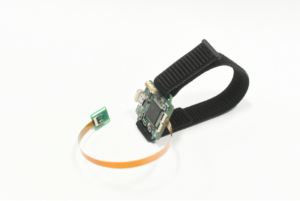
Halfway through the project, we have successfully acquired a BCG signals whilst the hand remains static. This is a key milestone in the project as we can now begin to focus on the challenge capturing both motion and BCG signal, and separating out the two signals.
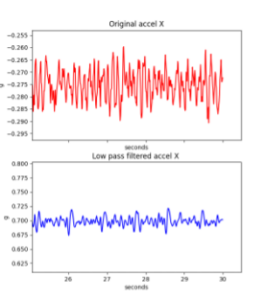
Alongside the technical challenges, we are performing a series of playtests which will be used to inform the immersive experience we develop to demonstrate the sensor technology. If you’re interested in volunteering in playtests then please get in touch with the team at Zero Point Motion at info@zeropointmotion.com
